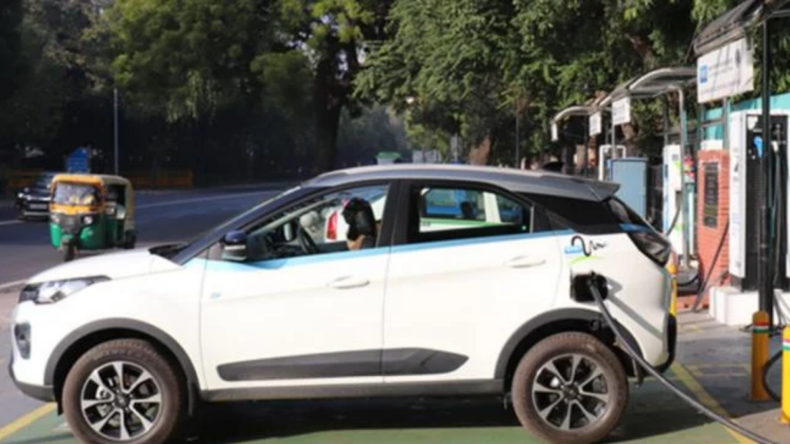Recently Nitin Gadkari (MoRTH) affirmed his vision to make Indian automobile industry number one in the world w.r.t. export of electric vehicles.
In the era of rising fuel pricing, political instability at oil supplying nations, climate change induced by increased consumption of fossil fuels, increasing incidence of respiratory diseases caused by air pollution, Electric Vehicles (EV’s) hold immense significance.
Recently Nitin Gadkari, Union Minister of Road Transport and Highways (MoRTH) laid his vision to make India a leading exporter of EV’s including scooters, cars, buses and trucks.
Speaking at the first edition of Ananthkumar memorial lecture, he said, “India’s automobile industry turnover is 7.5 Lakh crore, within 5 years it will cross the mark of 15 Lakh crore. Automobile industry generates highest number of jobs, exports and revenues for States and Center”.
India’s EV sector is booming at this stage. Incentives by the Governments, rising fuel prices, financial and technical resources pooled by the private sector and innovative capabilities of youth pushed the EV sector to new realms.
There are many pull factors associated with the EV sector. It lowers oil consumption and increases exports (maintaining the balance of payment), provides jobs to skilled population and most importantly, contributes towards mitigation of climate change.
People are conscious of the pros of EV’s over regular vehicles in terms of pollution, maintenance and affordability. Right now, there are 5 to 6 lakhs EV’s plying on Indian roads, including Two, Three & Four wheelers.
There are 500 charging stations located in various parts of the country. Adaption of EV is a must, especially for a country like India. According to Green Peace Southeast Asia analysis, India recorded 1.2 Lakh deaths (highest in the world) in 2020 due to air pollution and related problems.
Indian cities like Delhi, Agra, Varanasi, Lucknow, Kanpur find their place in the list of most polluted cities globally. Recently we’ve witnessed terrible air quality at our national capital.
The Government of India (GoI) is dedicated to pushing India’s automobile sector towards EV and lowering emission levels. GoI introduces various policy initiatives for the same. In 2015, the Faster Adoption and Manufacturing of Electric Vehicles (FAME) Scheme was launched to promote manufacturing and adaption of EV’s.
The government is also providing incentives under FAME 2 to install charging stations. This year Production Linked Incentive (PLI) scheme was launched for Automobile Industry to develop Advanced Cell Chemistry Battery (used in Electric Vehicles).
Recently Indian Space and Research Organization (ISRO) commercialized Lithium-Ion Battery Technology (commonly used to power EV’s). GoI has finalized an agreement with Argentina to secure Lithium by enhancing cooperation in the exploration and extraction of its ore.
MoRTH introduced Vehicle Scrapping Policy to scarp polluting vehicles and promote adoption of EV’s. Delhi Government launched its EV Policy which includes installation of charging stations, Tax incentives on the purchase of EVs and inducting Electric buses for public transportation.
Shoonya camping by NITI Aayog aims to promote Zero Pollution Delivery vehicles. Car manufacturers like Tata, Toyota have launched EV’s, and thankfully they’re capturing the market.
There are several barriers to a smooth transition to EV’s including scarcity of charging infrastructure, higher import dependence on Lithium-ion batteries and Lithium ores. The high-interest rate charged by financial institutions and limited access to long-term finance makes the transition to the EV sector cumbersome.
The way forward is to offer Interest subvention to promote investment in the industry. Government and Reserve Bank of India can think to include Electric Vehicle Manufacturing in Priority sector lending. EV manufacturers can offer warranties on essential/costly electrical parts to reduce the uncertainty associated with EV’s.













